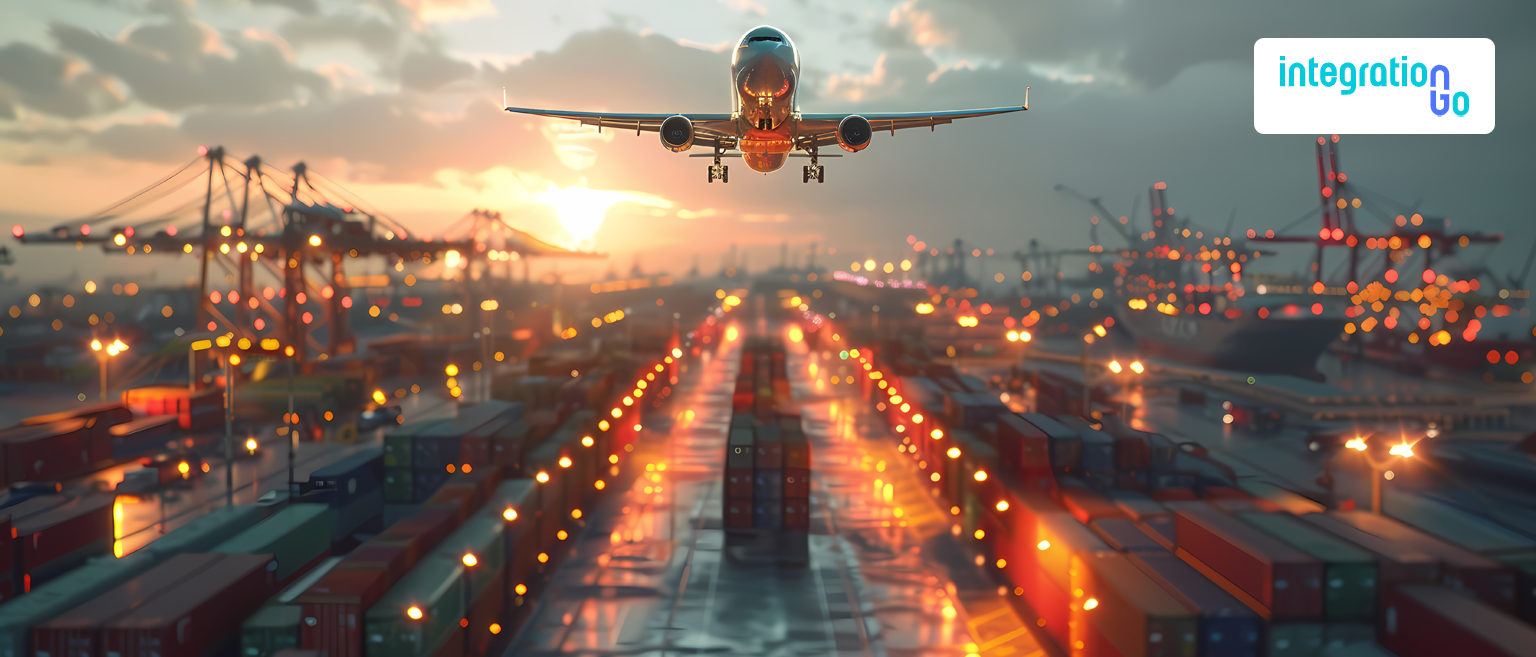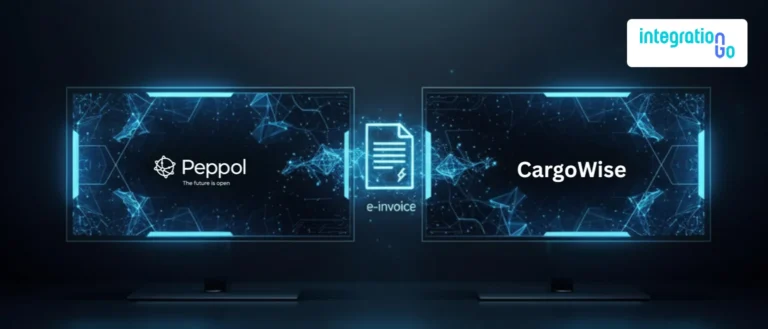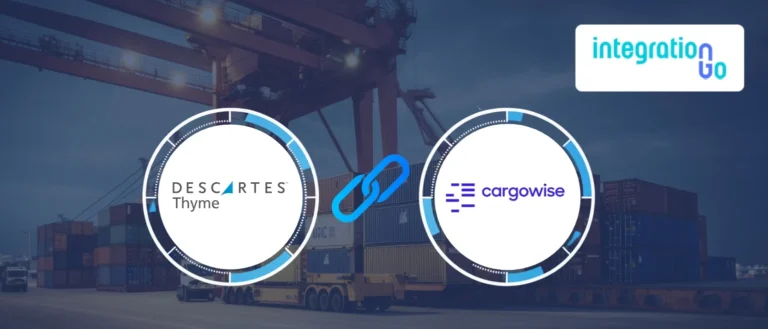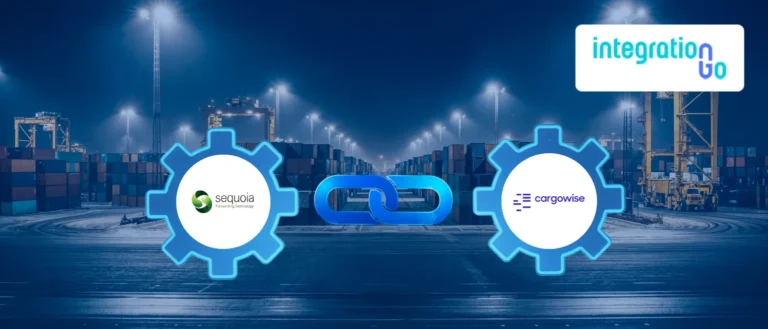“Smooth seas don’t make skilled sailors, but smooth systems sure do make skilled supply chains.”
The ocean freight industry isn’t just about transporting containers from Point A to Point B. It’s a high-stakes, data-driven ecosystem where even the smallest miscommunication can ripple into port delays, customs fines, or customer dissatisfaction. If you're managing a shipping line, working at a stevedoring company, or overseeing terminal operations, you're likely facing pressure from every direction, speed, compliance, visibility, and cost control.
So here’s the big question: What if all your systems, from ports to customs to transport partners, could communicate with each other, in real time, automatically? Here, shipping lines and stevedores can finally function without data obstacles with our smooth integration.
Why Integration Matters in Maritime Logistics?
Manual processes still dominate a lot of port, vessel, and container operations. Whether it’s exchanging manifest files via email or updating spreadsheets to track vessel movements, these outdated methods are slowing you down, and putting your compliance and visibility at risk.
In contrast, integration allows real-time communication between your internal systems (like a Terminal Operating System or Freight Management System) and your external stakeholders (customs, ports, carriers, warehouses, etc.). As a result, you get A faster, more connected, and error-free supply chain.
Top Challenges Integration Solves
1. Delayed Communication
Shipping lines often rely on outdated processes for relaying container, vessel, and booking data to terminals and transport providers. This leads to operational obstacles and missed schedules.
With integration: Data flows instantly. ETAs, clearance statuses, and shipment events are pushed automatically to partners, keeping everyone aligned.
2. Disjointed Systems
Your shipping software, TMS, port systems, and customs platforms often don’t “speak the same language.” That means manual uploads, duplicate entries, and risky reconciliation practices.
With integration: API and EDI connections bridge the gap. Systems stay synchronized without manual input.
3. Lack of Visibility
Stevedores, freight forwarders, and shipping agents need to track containers, clearance, and delivery milestones but often rely on piecemeal updates or phone calls.
With integration: Real-time container tracking, live vessel statuses, and proof-of-delivery (POD) are automatically available and shareable.
4. Global Compliance Risks
International trade brings a host of regulatory complexities. A missing customs code or incorrectly formatted manifest can stall entire shipments.
With integration: Regulatory data is standardized and validated before submission. Systems auto-fill and submit customs documentation per region-specific rules.
What Does Smooth Integration Look Like?
Consider this a vessel arrives at port, and your systems are already notified the terminal days ahead. The moment containers are unloaded, your TMS is updated with status. Customs are cleared digitally, and the assigned carrier is pinged to pick up the cargo. You didn’t lift a finger, it was all automated.
Key Benefits of Integration for Shipping Lines & Stevedores
End-to-End Data Exchange
No more gaps between vessel schedules, port unloading, customs clearance, and inland transport. Data is transferred seamlessly and securely across all players.
Real-Time Shipment & Container Visibility
Gain full visibility into every container’s journey, whether it’s delayed at port, cleared at customs, or on a truck headed for delivery.
Proof of Delivery (POD) Made Easy
Capture signatures and timestamps digitally. Instantly push PODs back to the customer’s ERP or TMS system, enhancing service and cutting paperwork.
Compliance on Autopilot
Stay ahead of global regulations with automated customs document generation, format compliance, and submission tracking.
Scalable Infrastructure
As your network of partners grows, more ports, more systems, and more clients, your integration setup scales with you. No need for custom coding every time.
What Makes IntegrationGo Different?
You don’t need a developer team to make your systems talk. You just need a partner who understands both logistics and technology.
IntegrationGo delivers:
- Seamless API inregrations and EDI integrations with ports, customs, carriers, and terminals
- Support for CargoWise, TMS, WMS, ERP, and terminal systems
- Cloud-hosted infrastructure with high availability and enterprise security
- Fully managed service — from setup to monitoring and ongoing optimization
- Fixed, transparent pricing based on connection points, not transaction volumes
Whether you're syncing container updates with port terminals or exchanging manifest data with customs, we help you go live fast and scale effortlessly.
Conclusion
In today’s sea freight world, speed, accuracy, and connectivity are non-negotiable. If you’re still managing shipping and stevedoring operations with outdated tools or manual workflows, you’re not just slowing down, you’re falling behind.
Seamless integration is very much needed and It’s your competitive companion.
Want to eliminate delays, improve visibility, and future-proof your sea freight operations? Book a free integration consultation with IntegrationGo today.
Let’s make your shipping operations as smooth as the open sea.



